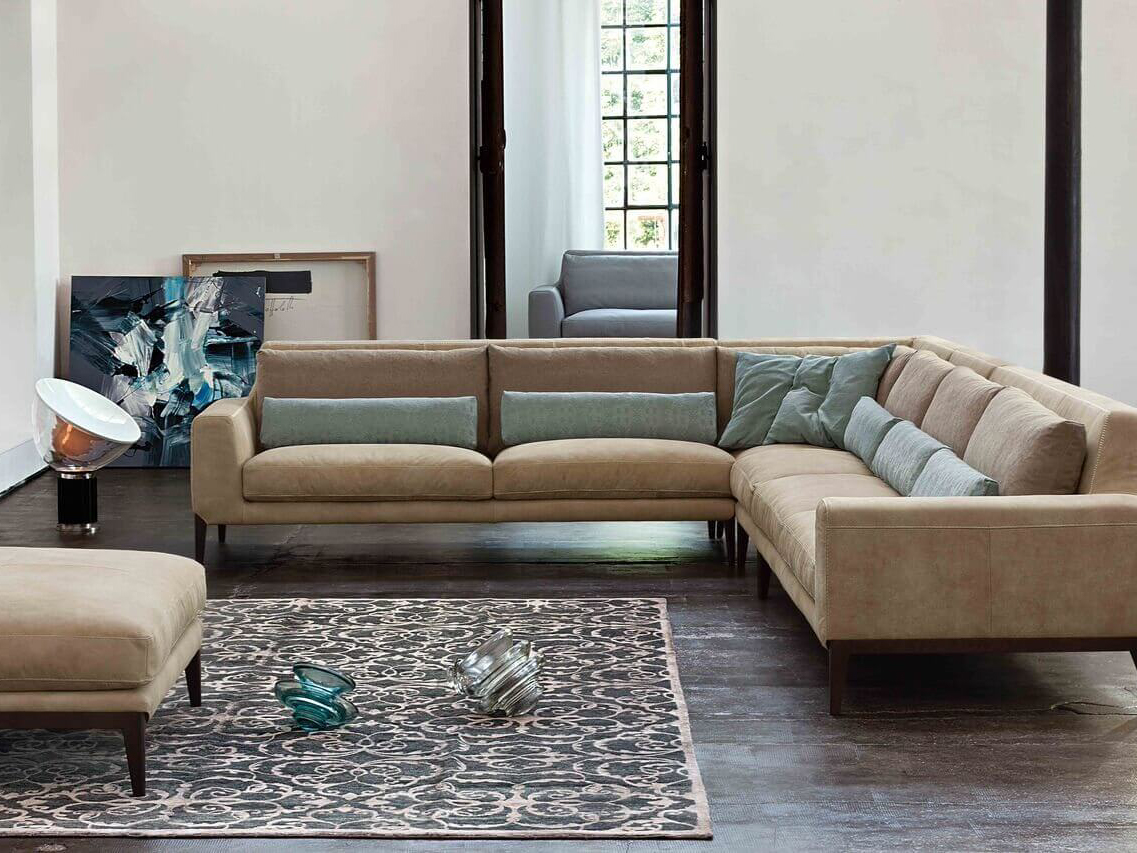Lighting is an essential part of our daily lives, and we often take it for granted. However, the color temperature of our lights can significantly affect our mood, productivity, and ability to unwind. Have you ever noticed how harsh and cold a fluorescent bulb feels compared to the warm and cozy glow of a candle?
This article will dive into the world of light bulb colors chart, explain what it is, how it affects us, and how to choose the right light bulb color for your room.
What is a Light Bulb Colors Chart?
A light bulb colors chart is a tool that helps you identify the color temperature of a light bulb. Color temperature is measured in Kelvin (K) and ranges from warm to cool. Warm colors are around 2700K to 3000K and are similar to candlelight. Cool colors are around 4000K to 5000K and mimic daylight.
The chart categorizes the color temperature of light bulbs as follows:
- Warm White: 2700K – 3000K
- Cool White: 3500K – 4100K
- Daylight: 5000K – 6500K
Warm White (2700K – 3000K)
Warm white light gives off a soft, warm glow that is ideal for creating a cozy atmosphere. This color temperature is perfect for relaxing and winding down after a long day. It is commonly used in bedrooms, living rooms, and dining areas.
Cool White (3500K – 4100K)
Cool white light gives off a brighter, white glow that is closer to daylight. It is ideal for areas where you need task lighting, such as the kitchen, office, or bathroom. This color temperature can help boost productivity because it mimics natural daylight.
Daylight (5000K – 6500K)
Daylight bulbs give off a bright, cold light that is prevalent in industrial settings. It is the closest to natural daylight and makes colors appear more vibrant. This color temperature is ideal for artists, designers, and anyone who needs to see colors accurately.
How Light Bulb Colors Affect Us
Light bulb colors affect us both physically and emotionally. The color temperature of light can affect our circadian rhythm (our body’s natural sleep-wake cycle) and mood.
Warm light, such as the one emitted by candles, helps us relax and unwind before bed. In contrast, cool light can stimulate our brains and prevent us from falling asleep. Daylight bulbs can mimic the natural light of the sun and help fight seasonal affective disorder (SAD) in the winter months.
How to Choose the Right Light Bulb Color
Choosing the right light bulb color depends on the room and the mood you want to create. Here are some factors to consider:
- Function of the room: If you need task lighting, such as in the kitchen or office, choose cool light bulbs. For relaxation areas, such as a living room or bedroom, warm light is more appropriate.
- Color scheme: If your room has warm colors, such as red or orange, choose warm light bulbs to complement the hues. For rooms with cool colors, such as blue or green, choose cool light bulbs.
- Bulb type: LED bulbs are available in all three color temperatures, while incandescent bulbs are mostly available in warm white.
In conclusion, the color temperature of light bulbs can significantly affect our mood and productivity. Warm white light is ideal for relaxation and winding down, while cool white light is perfect for task lighting. Daylight bulbs can mimic natural sunlight and help fight the effects of seasonal affective disorder.
Using a light bulb colors chart can help you choose the right color temperature and create the perfect atmosphere for your room. Take into consideration the function of the room, color scheme, and bulb type to create the desired effect.
Remember, the right light can make all the difference in the world, so choose wisely!



